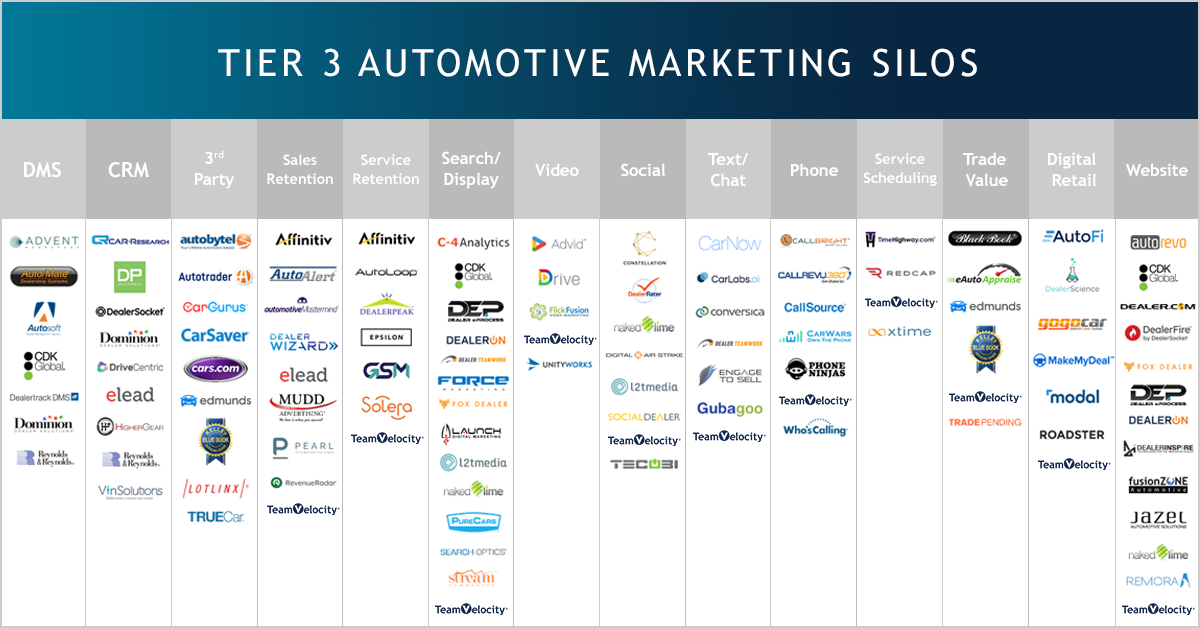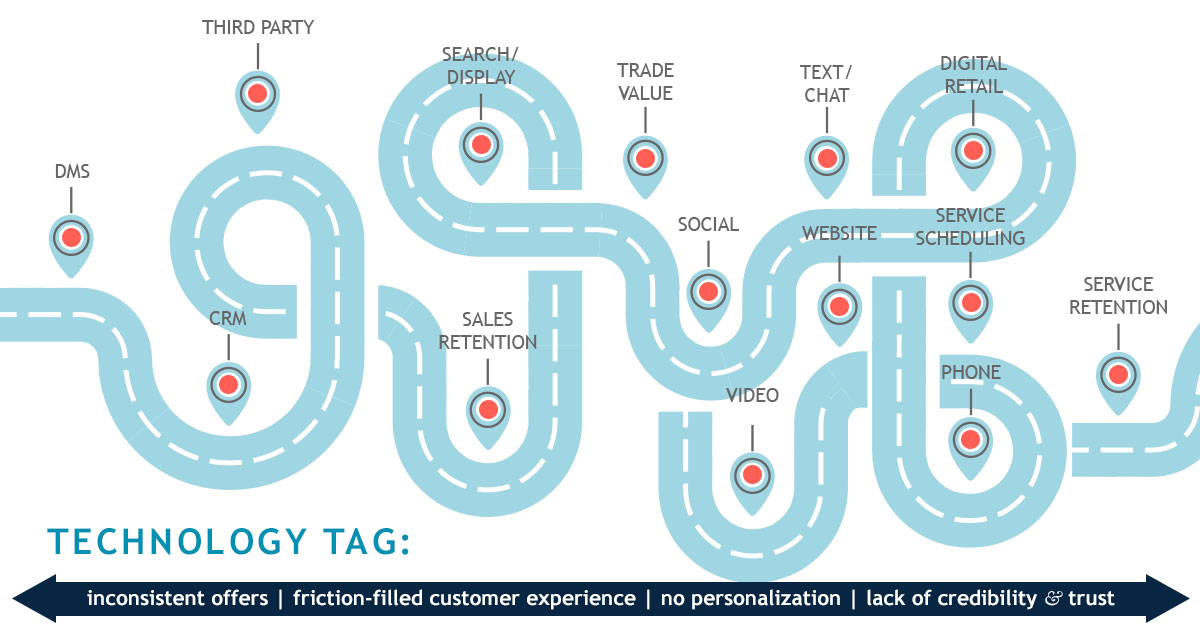Marketing Exec Says Dealers are Missing a Golden Opportunity
In an interview with reporter Sarah Kominek, Boice said dealerships’ returning customers should have online experiences that are relevant to their personal details and the cars they’re driving. Here are edited excerpts.
Q: Why do you think dealerships should use customers’ data to serve them online?
A: These are very common data points that every franchised dealership has securely stored in their accounting systems: The customer’s name, address, phone number and email. Their vehicle’s year, make, model, trim, VIN and estimated mileage. Its service history, any recalls, services due, last service and recommended services. The customer’s sales info — the payment type, down payment, term, payoff, trade value, equity, likely upgrade options, next service visit, preferences and their shopping history. These data points are easily accessible to create a personal online experience for their customers.
A: People want personalized service coupons that need to be specific to the car they’re driving. People really like to know their service history: Does the dealership have all the services that have been performed on record and are they accurate? People also expect you to give them a warning if their vehicle just went under recall. Without filling out any forms, they want to be able to schedule service and incorporate the coupons they’re entitled to. You know my name, you know my car and its VIN. I’m not going to fill out a form with the 14 pieces of information you normally ask me for, because I’ve signed in and I expect you to make scheduling a service appointment easy.
Q: What would the experience be like for a returning customer looking to purchase or lease another vehicle?
Original Source: Automotive News https://www.autonews.com/shift/marketing-exec-says-dealers-are-missing-golden-opportunity



